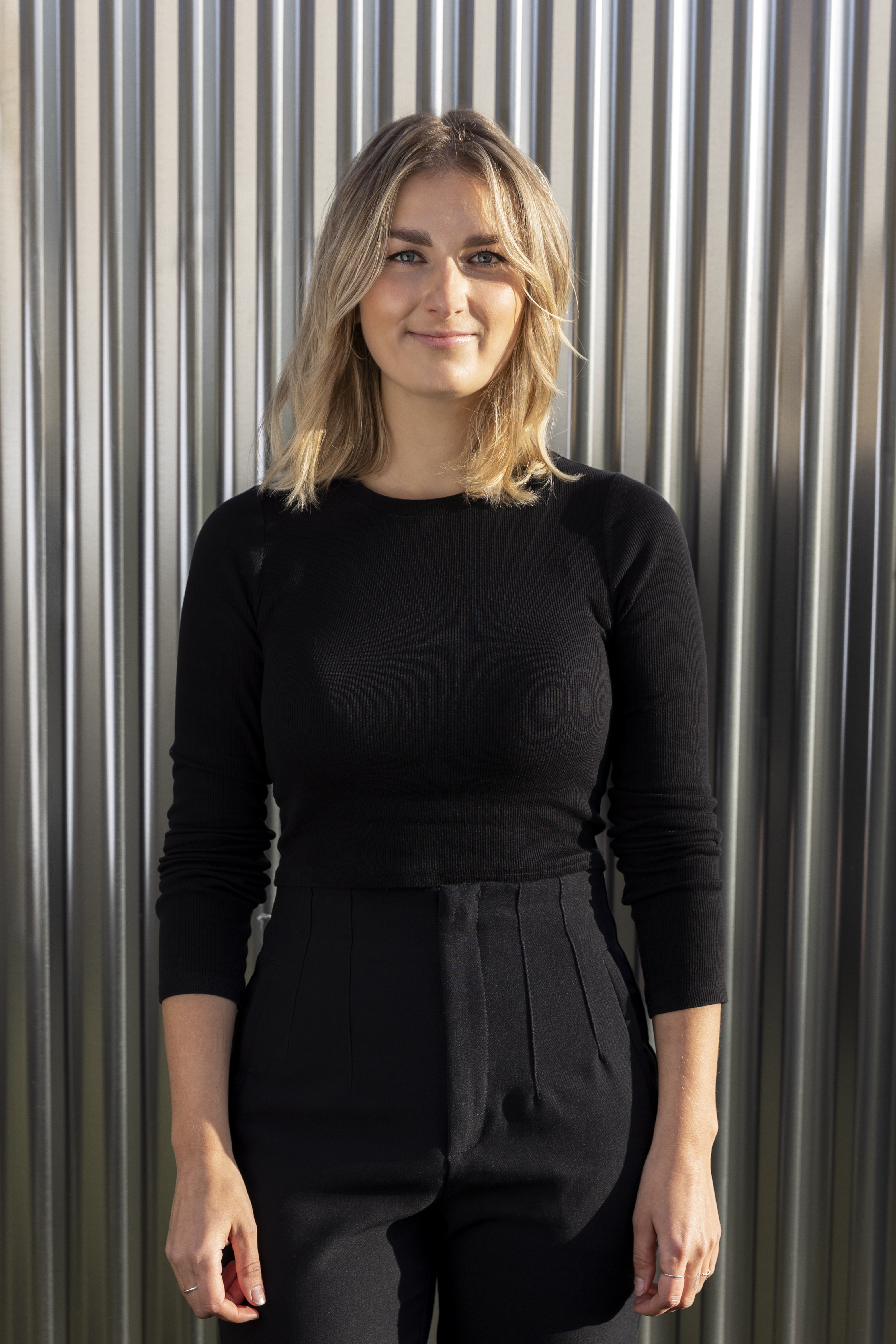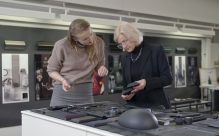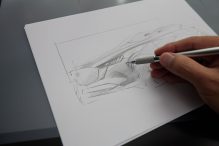Every Mazda vehicle on the road today is offered with a thoughtful curation of colours and materials. Alena Gersonde, Senior Designer at Mazda, reveals the artistry behind the palette.
Alena is not just a designer at Mazda; she plays a vital role in bringing Mazda’s colour and design philosophy to life. She has been interested in cars since her childhood. Influenced by her grandfather – a car mechanic – and her father – a graphic designer – Alenas path in automotive design seemed predestined. Her school is primarily known for clay modelling, but Alena developed a passion for “Colour & Trim,” which was rising in popularity at the time. Having owned a Mazda before joining the company, Alena appreciated the unique approach Mazda took in terms of quality, comfort, and pricing even before working at the brand herself.
In the dynamic world of automotive design, where every curve and contour tell a story, Alena Gersonde brings her unique approach towards tones, shades, and technical expertise to the forefront, contributing to produce exclusive vehicles for Mazda.
In this interview, Alena unveils the philosophies behind the creation of colours, tones, and shades via her sophisticated palette.
Which colours are currently trending when it comes to exterior paintwork?
Before the IAA (International Motor Show in Germany) our observations were that sky-blue tones are very much on the rise; we also expected greens to continue to be in trend. At the conference in Munich, we saw many red and grey tones displayed in interesting pearl and metallic variants. Overall, colder, more subdued paint tones are likely to continue prevailing, but I suspect that at some point, greater expressions of boldness and courage will return to the trending colour palette.
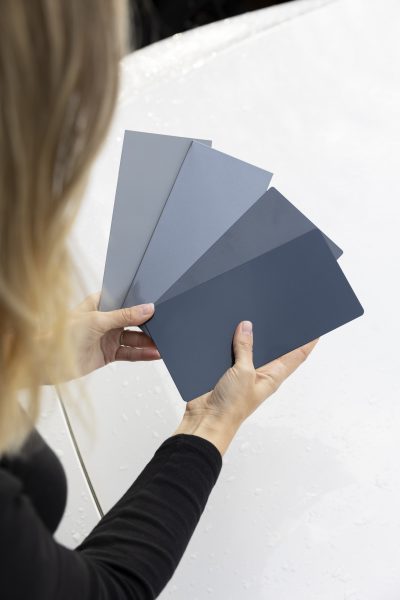
What influence does e-mobility have on car colour trends?
When we compare the sales of our MX-30 electric crossover with the internal combustion powered CX-30, we can clearly see that customers are more likely to choose lighter paint tones for the electric car. With the electric vehicle market expanding, we expect a continued preference for lighter tones. The most popular colour chosen for the MX-30 was “Ceramic White”. This was also a ‘communication colour’ – meaning the tone in which vehicles used for press and advertisements were shown in. Customers clearly found the colour pleasing, and this provided great feedback for my team as it means our research and visualisations suited the customer well. We see the trend towards light exterior tones for electric vehicles from other manufacturers, too. However, as technology evolves and design aesthetics adapt, we might see a shift towards more expressive and vibrant colours, too. The challenge lies in balancing innovation with timeless design principles that resonate with a broad range of customers.
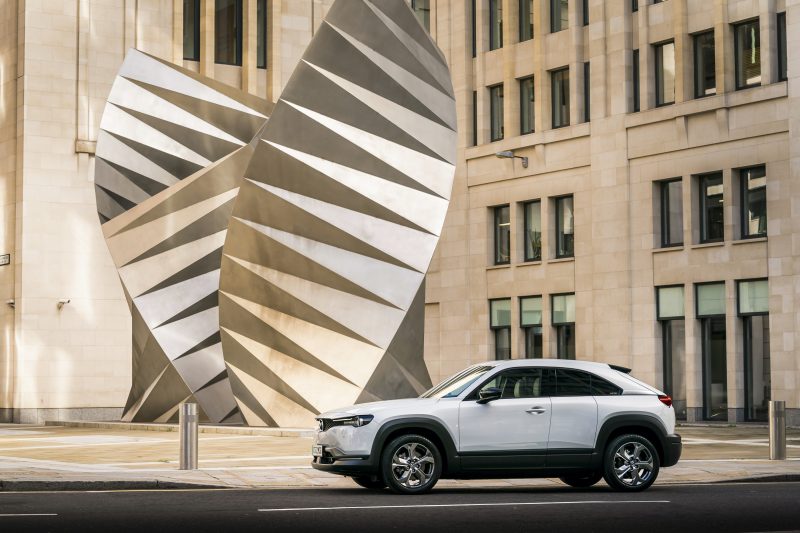
Are there specific considerations for different vehicle sizes and types or does every colour suit every car?
At Mazda, we try to create colours that look good on every model in our line-up. For example, Soul Red Crystal looks great on all Mazda cars. Additionally, we develop specifically fitting colours for each model. Most other manufacturers likely do the same as us – apart from possibly high-end luxury brands that service customers with eccentric tastes. That being said, colours have certain effects – which can be desired or unwanted. Dark shades generally make cars look smaller, which can have the effect of taking the sense of power away from large SUVs. Light tones, on the other hand, make the vehicle look visually larger – in a small car, this may be a desired effect. In the case of small models, colour can also scream, be bright yellow or bright green. While this may suit a small car, it quickly becomes too colourful for large body surfaces.
What is the relationship between exterior colour and the interior of a car?
Personally, I’m a huge fan of holistic design and everything ‘fitting together’ perfectly; for example – when the body tone is referenced on the inside of a car – whether in the form of painted panels or colour-coordinated stitching for the seats. In general, however, the following applies: whatever you like is allowed. We do not want to restrict the customer’s individual freedom, however, there are some combinations of body and interior colours that cannot be selected in our online configurator because the tones would clash.
Beyond colour, how does the design team consider other materials and textures when creating a cohesive visual identity for Mazda vehicles?
In addition to colour, our design team carefully considers materials and textures to create a unified visual identity. We aim for a harmonious blend of elements, ensuring that each material complements the overall design. This includes thoughtful choices in materials for both the interior and exterior to enhance the tactile and visual experience for Mazda drivers.
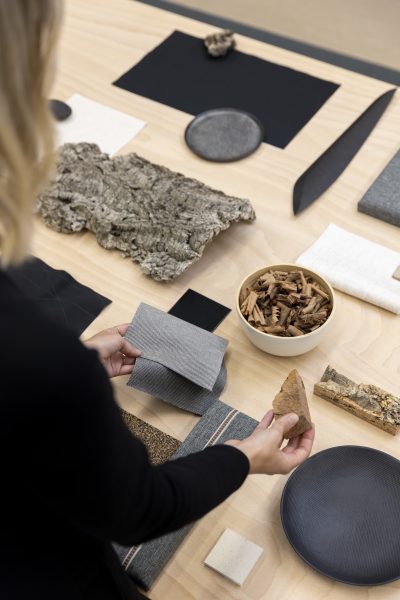
As a Senior Colour & Material Designer, what excites you most about the future of automotive design, and what innovations or trends do you foresee playing a significant role?
I anticipate a future where we can push the boundaries of creativity, incorporating new materials and technologies to redefine automotive aesthetics. The intersection of sustainability, advanced materials, and evolving consumer preferences opens up exciting possibilities, and I look forward to contributing to Mazda’s continued commitment to innovative design.
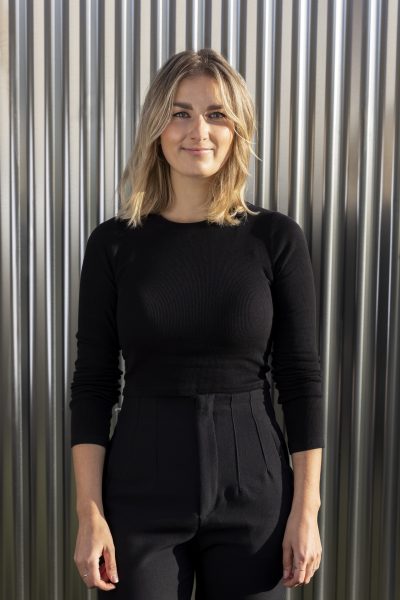
Alena’s dedication for creating extraordinary colours, finishes and sensory driving experiences is a clear narrative of Mazda’s commitment to artisanry and innovation.

